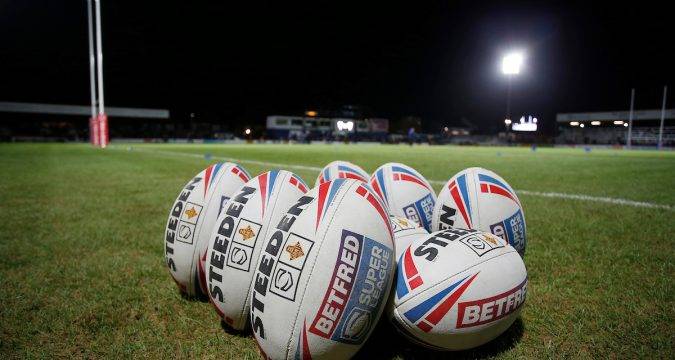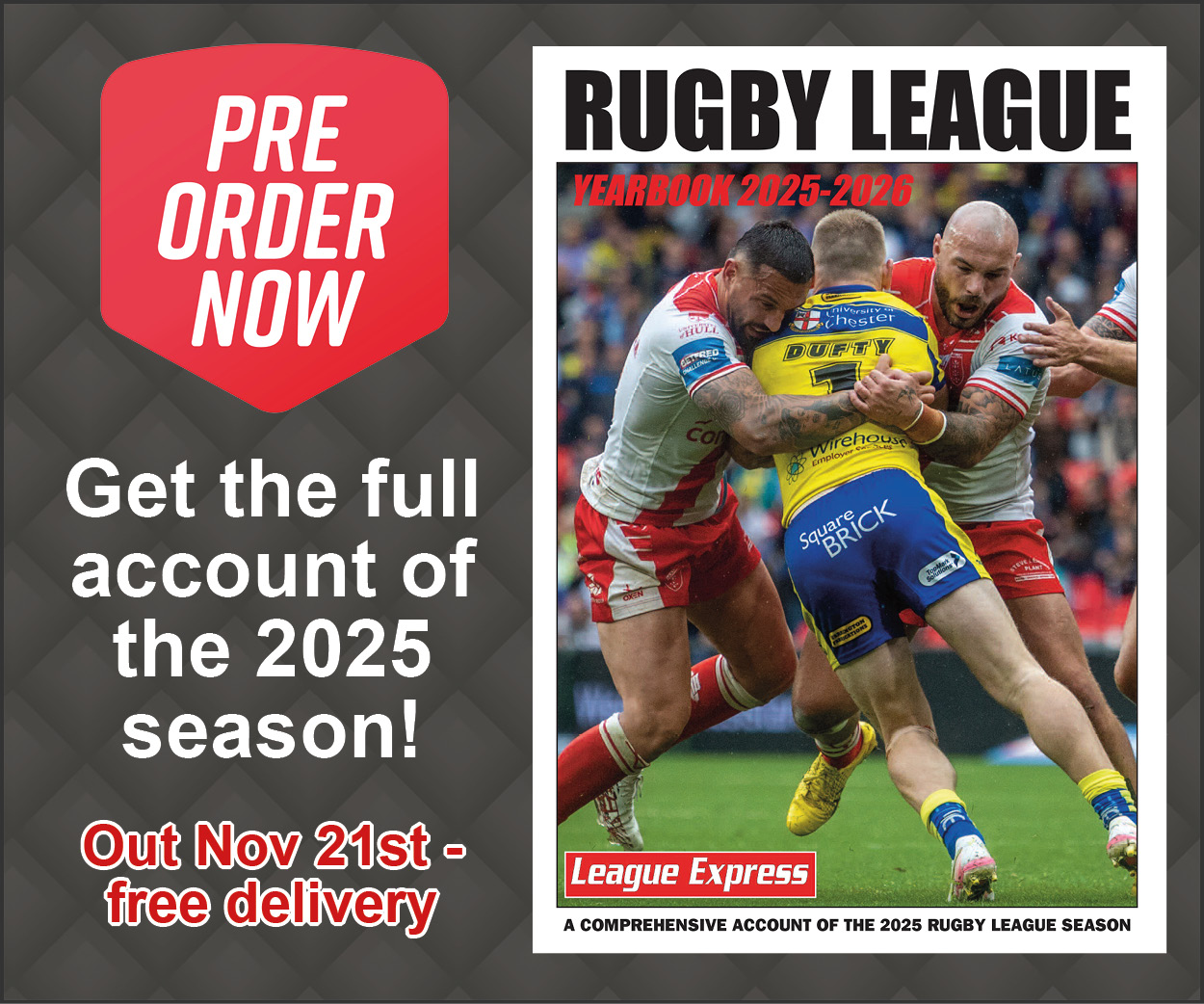 IMG revealed their plan to 're-imagine' the sport of rugby league last week in a momentous meeting at the John Smith's Stadium - the home of Huddersfield Giants.
After setting out the five categories for licensing with fandom (25%), finances (25%), performance (25%), stadium (15%) and catchment (10%), IMG released images and explanations about w
IMG revealed their plan to 're-imagine' the sport of rugby league last week in a momentous meeting at the John Smith's Stadium - the home of Huddersfield Giants.
After setting out the five categories for licensing with fandom (25%), finances (25%), performance (25%), stadium (15%) and catchment (10%), IMG released images and explanations about w Breaking down the points available in the five IMG categories and how a Grade A, B or C license can be achieved
 IMG revealed their plan to 're-imagine' the sport of rugby league last week in a momentous meeting at the John Smith's Stadium - the home of Huddersfield Giants.
After setting out the five categories for licensing with fandom (25%), finances (25%), performance (25%), stadium (15%) and catchment (10%), IMG released images and explanations about w
IMG revealed their plan to 're-imagine' the sport of rugby league last week in a momentous meeting at the John Smith's Stadium - the home of Huddersfield Giants.
After setting out the five categories for licensing with fandom (25%), finances (25%), performance (25%), stadium (15%) and catchment (10%), IMG released images and explanations about w 
